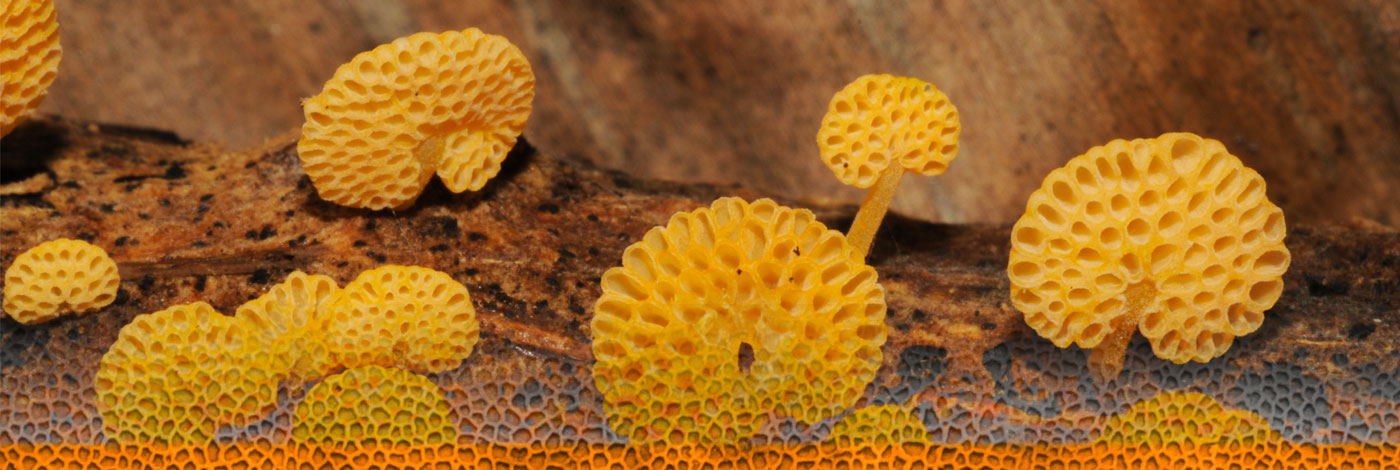
 Cryptogamie, Mycologie
24 (2) - Pages 175-185
Cryptogamie, Mycologie
24 (2) - Pages 175-185The results of a biomonitoring survey carried out in the town of Arezzo (central Italy) using the biodiversity of epiphytic lichens as indicator of environmental quality are reported. Lichen biodiversity counts raised progressively with distance from the old town centre, with concentric zones extending from the central parts towards the edge of town. Compared with the situation of 1994, ameliorating conditions were found, with higher biodiversity values and new colonizing species at all stations. This trend was confirmed by analytical measurements, which showed decreasing values for the most common phytotoxic gaseous pollutants (SO2, NOX). Increasing use of unleaded fuel and catalytic vehicles, as well as areas of the town closed to traffic and conversion to methane for domestic heating are probable reasons for this improvement.